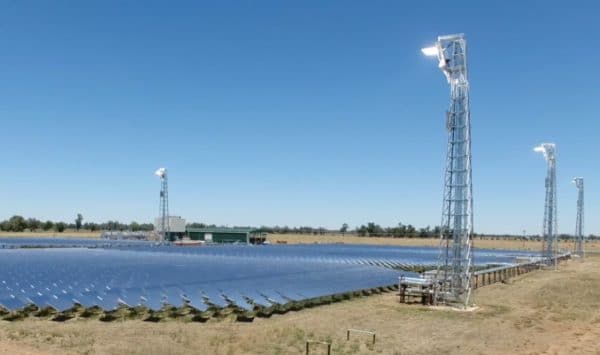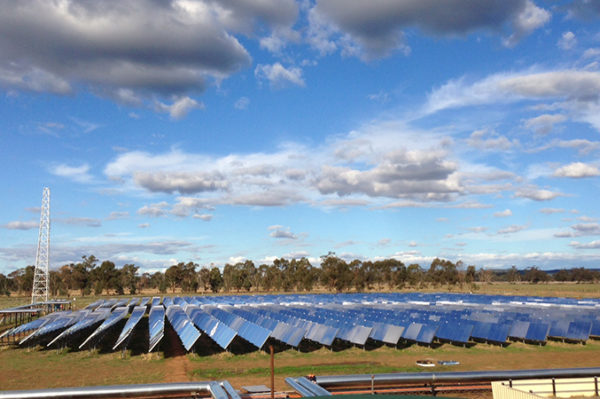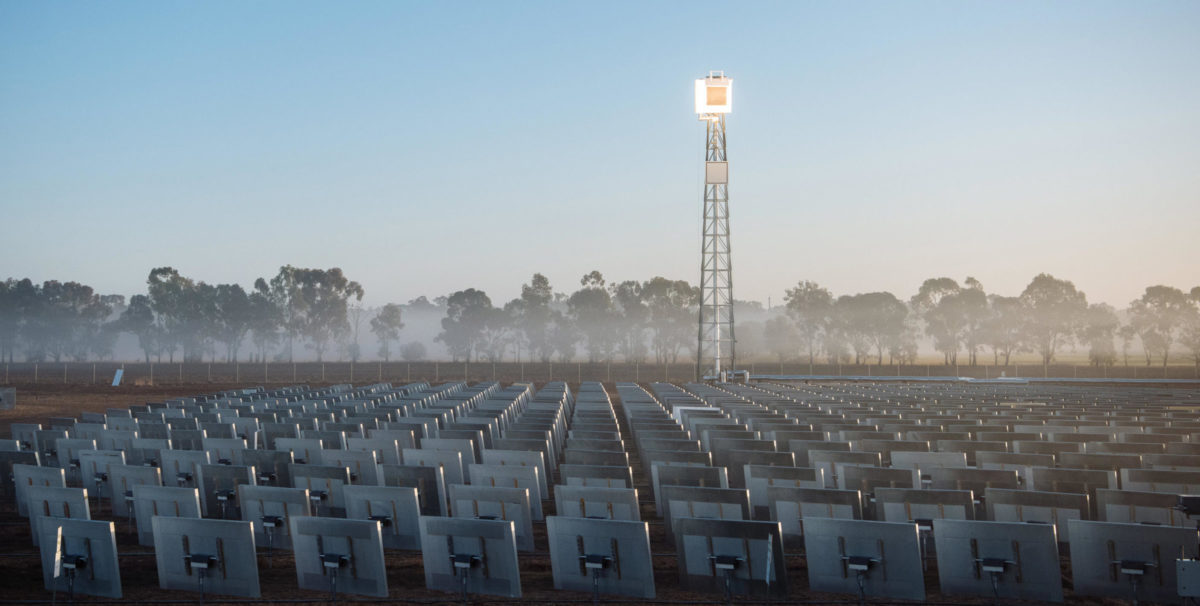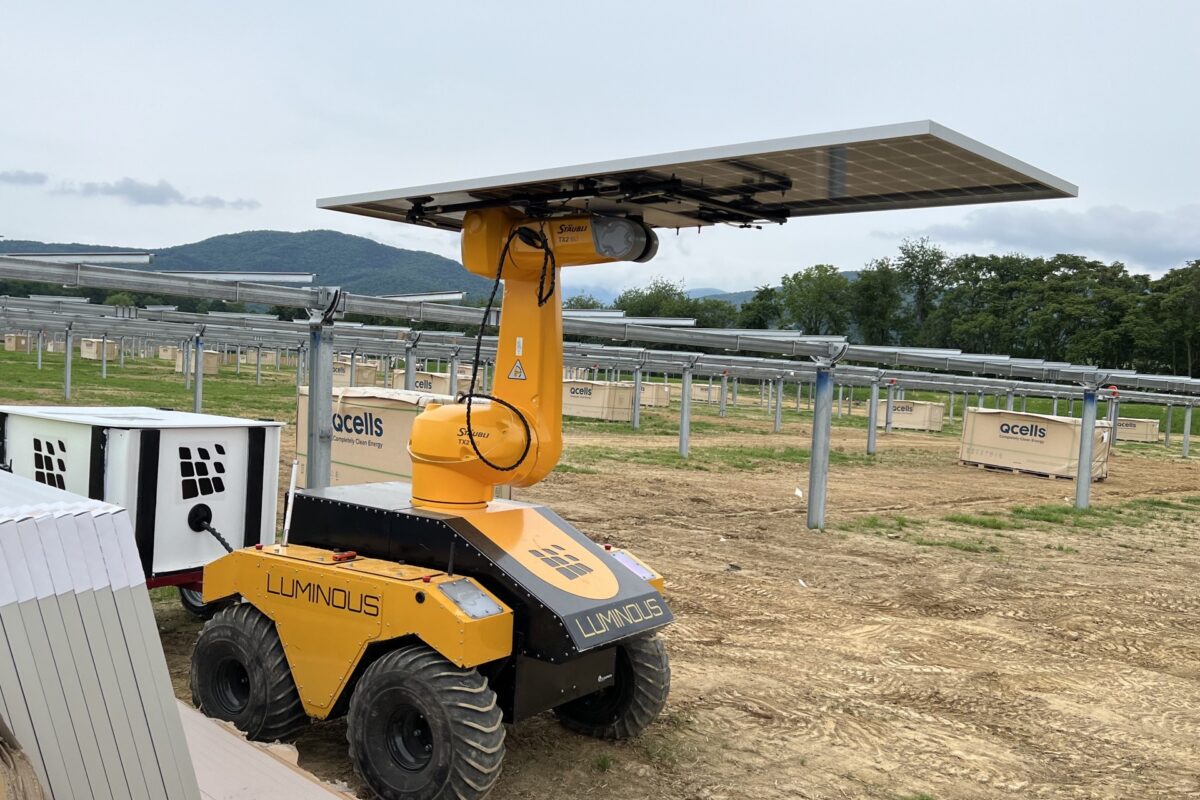A consortium has moved to patent a new tank design for the high temperature molten salt tanks used in thermal energy storage systems, like concentrating solar thermal power (CSP) projects.
Concentrated solar power systems use mirrors and receiving towers to gather and store the sun’s energy. The technology has had a disrupted history, from being hailed a great solution, to being wedged out by cheap solar PV combined with the finicky hindrances which detracted from CSP’s great advantage of dispatchability.
One of those finicky hindrances includes the molten storage systems’ hot tank, which had tended to leak because of thermal cycling and fatigue, resulting in substantial production losses for CSP projects.

Now, a consortium including Sydney-based Vast Solar, as well as CyD, Solar Dynamics, and Alia Energy Consulting and Critical Engineering, say they have jointly developed a tank design which addresses the issue, drawing on input from the Advanced Materials Team at the Australian Solar Thermal Research Institute (ASTRI), led by the Queensland University of Technology and Flinders University.
Dubbed the Flexitank, the consortium said it developed the new design by carefully analysing, understanding and learning from previous failures. The design increases the flexibility of the floor of the tank and mitigates the risk of failure associated with thermal cycles by absorbing the repeated expansion and contraction typically encountered in such tanks, the consortium outlined.
“Once we understood the tank failure modes and started testing the physical properties of the incumbent materials, we realised that flexibility is the key to overcoming thermal cycling and fatigue,” Vast Solar CEO, Craig Wood, said. “The economics of thermal storage are compelling, and we are delighted that our work will now deliver much needed reliability.”
“We are confident that the new design will substantially improve the operation performance of CSP systems moving forward,” Dominic Zaal, ASTRI Director, added.
Vast Solar
In May, Vast Solar called for expressions of interest from contractors to progress its plans for a 50 MW hybrid power plant in Mount Isa, which will combine solar PV, a large-scale battery and gas engines with its own concentrated solar thermal power technology.
Unlike traditional concentrating solar thermal power technology which uses molten salt both as a heat transfer and for storage, Vast Solar has developed low cost, modular technology with integrated thermal storage that uses sodium for heat transfer and molten salt for on-demand storage, both of which create steam to drive a turbine. The technology allows plants to be configured with 4-16 hours of storage and generators of up to 500 MW.
The technology has been proven at Vast Solar’s 1 MW pilot plant in Jemalong, New South Wales which has been delivering electricity to the grid since early 2018.

Photo: ARENA
This content is protected by copyright and may not be reused. If you want to cooperate with us and would like to reuse some of our content, please contact: editors@pv-magazine.com.









2 comments
By submitting this form you agree to pv magazine using your data for the purposes of publishing your comment.
Your personal data will only be disclosed or otherwise transmitted to third parties for the purposes of spam filtering or if this is necessary for technical maintenance of the website. Any other transfer to third parties will not take place unless this is justified on the basis of applicable data protection regulations or if pv magazine is legally obliged to do so.
You may revoke this consent at any time with effect for the future, in which case your personal data will be deleted immediately. Otherwise, your data will be deleted if pv magazine has processed your request or the purpose of data storage is fulfilled.
Further information on data privacy can be found in our Data Protection Policy.